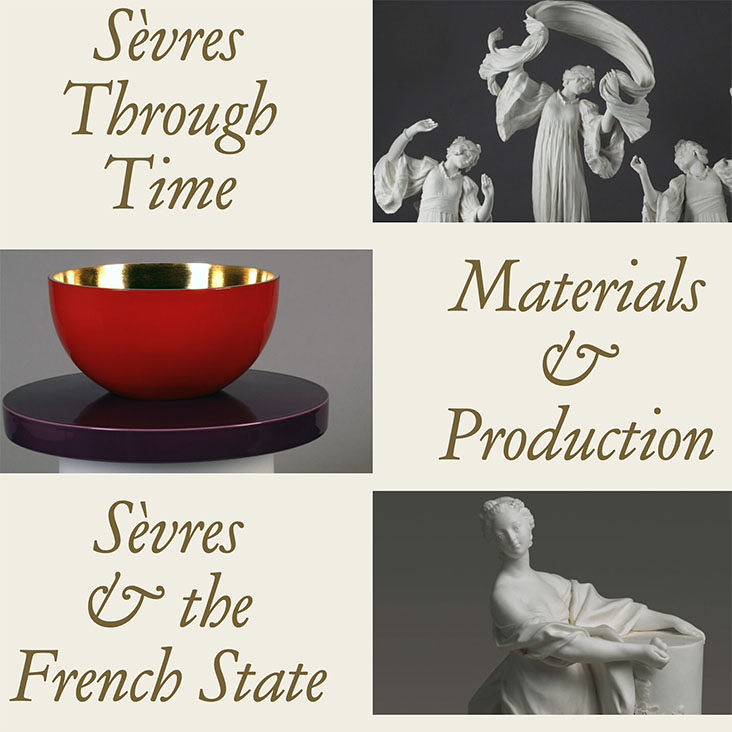Each year in May, Bard Graduate Center professor Caspar Meyer leads MA students on a week-long study trip to Athens and the Greek island of Despotiko for an immersive educational experience excavating an important site guided by its lead archaeologists. This year, I was one of those students.
Despotiko, an uninhabited island in the Cyclades, is accessible by a small boat from the island of Antiparos, where we stayed in a pristine beachside villa overlooking the vast Mediterranean Sea. Each morning, we boarded the boat to Despotiko, the site of a sanctuary devoted to the god Apollo. On the first day, after trekking across the beach through thorny shrubs, we were greeted by an array of marble pillars, and heaps of shovels, trowels, and wheelbarrows.
Lead archaeologists Luigi Lafasciano and Yannos Kourayos introduced us to the site, which consists of archaic, classical, and medieval stratigraphic layers and contains sacrificial altars, water storage places, and several rooms, some of unknown uses. As we marveled at the gigantic marble reconstruction work being conducted and the multilayered contexts of the site, Luigi assigned all of us to work on different structures labeled Alpha, Beta, Zeta, Omega, and so on.
We were instructed to clean our assigned areas with shovels, pickaxes, brushes, and most importantly, our trusty trowels. Over the course of the week, we dug, inspected our findings, and learned about the color of the soil, techniques for measuring layers, and the communication and collaboration skills required to work on a huge site like Despotiko.
At first, I worked on an altar where archaeologists believe animals were sacrificed during the sixth to fifth centuries BCE, possibly the time of the most elaborate ritual activity on this site. Later, a classmate and I were assigned to clean one of the rooms at Zeta, which led to three days of hard, almost meditative labor during which we unearthed bucketfuls of pottery sherds including two decorated sherds from a crater, and more importantly, a series of large stones in a step-like formation. What this magnificent finding means in the context of the room and the entire site remains to be discovered.
After exhausting, exhilarating mornings of work, we would return to a wonderful lunch back on Antiparos. We often spent our afternoons on the beautiful beach right across from our hotel, excitedly exchanging ideas and anecdotes from the day and making plans for the next one.
After five days of exciting work at Despotiko, we left the island for Athens, where we spent two more days exploring the museums and sites of this marvelous city. Our first visit to the Benaki Museum gave us deeper insight into the layered, multicultural, and rich heritage of Greece. The museum showcased collections of historical dresses, artifacts, and manuscripts, from archaic to contemporary material, showcasing the long and complex history of Greece. On our visits to the National Archaeological Museum and the Museum of Cycladic Art we learned about the display, collection, and curation of artifacts discovered at multiple sites in Greece and beyond, including earlier discoveries from Despotiko. Finally, our visit to the Acropolis was the ultimate, golden hour end to the trip. As we climbed the steps to the ancient monument, I was awestruck by its scale and beauty. Over dinner that night, we reminisced about the week gone by and the research, excavations, and exploration that might lie ahead.













